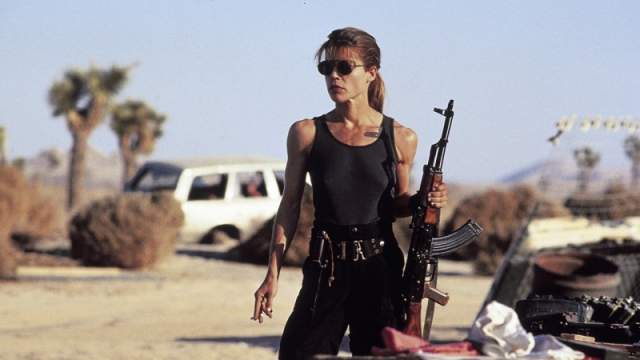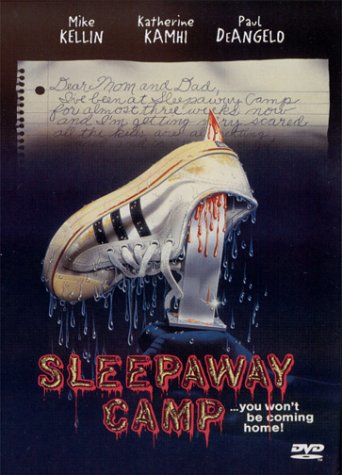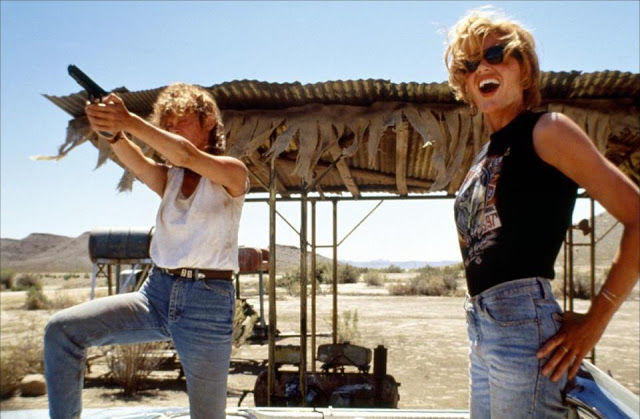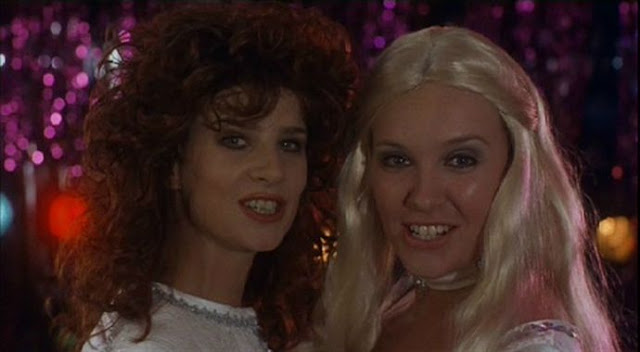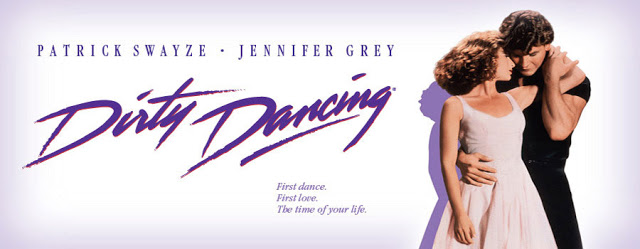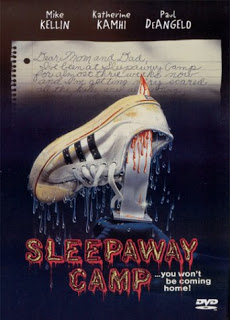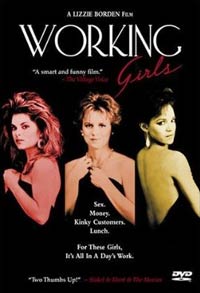 |
| Gorillas in the Mist (1988) |
This piece is from Monthly Contributor Carrie Nelson.
This post contains spoilers about the film Gorillas in the Mist.
For nearly 20 years, zoologist Dian Fossey lived and worked among the mountain gorillas in Africa. Her work as a researcher and animal rights activist is responsible for raising awareness about Africa’s gorilla population and the threat of their extinction. Gorillas in the Mist, a film directed by Michael Apted in 1988, follows Dian (Sigourney Weaver, in an Oscar-nominated role) as she works in the Congo and Rwanda to study the behavior of mountain gorillas and protect them from poaching. As the film was produced after Dian’s untimely death (she was murdered in 1985; to this day, the precise circumstances and perpetrators remain unknown), it is impossible to know how she would have responded to the film. However, based on what I understand about Dian’s real life, I believe she would appreciate the film. I believe she would see it as an honest portrayal of her life, and I also believe she would be happy to see that the film avoids common clichés that are typically found in mainstream films about the lives of women.
Over the course of the film, Dian experiences a radical transformation in gender presentation. At the beginning of her travels, she is incredibly conscious of her appearance. When she meets her mentor, Dr. Louis Leakey (Iain Cuthbertson) at the start of her mission, he explains that there isn’t room for all of the luggage she’s brought with her, to which she stubbornly replies, “Those cases contain my hairdryer, my makeup, my underwear and my brassieres. If they don’t go, Dr Leakey, I don’t go.” I thought this was a throwaway line, so I was surprised that there were several additional mentions of her interest in make-up, hair products and clothing soon after this exchange. I was frustrated with this focus on materialism, thinking that the writer was using these moments as shorthand to remind the audience that the protagonist is, indeed, a woman; I felt as if the filmmakers were saying, “Well, what woman wouldn’t want to bring her cosmetics to the jungle?”
But as the film goes on, the references to beauty cease, and it becomes clear that these lines are not comments on Dian’s gender identity but on the materialism that she gradually gives up as she becomes committed to living among the mountain gorillas. The lines about clothing and make-up eventually stop, and Dian lets go of the previous signifiers of her femininity. It isn’t that she becomes masculine, as Weaver’s character in the Alien series is often perceived – it’s that she no longer needs these material possessions and outward signifiers to feel comfortable in the world and convey her identity. Dian’s transformation is subtle, but it adds significant depth to her characterization as she becomes comfortable in her new surroundings.
A similar transformation occurs in Dian’s romantic life. When she moves to Africa, she leaves behind her fiancé, David. Over the course of the film, her mentions of him become fewer and fewer, until a passing remark reveals that they have ended their engagement. She does, however, meet photographer Bob Campbell (Bryan Brown). Bob is married, but his and Dian’s shared passion for studying the gorillas leads them to start a passionate love affair. His work as a photographer makes him travel frequently, but he always returns to visit Dian, until he finally reveals to her that he is divorcing his wife to marry her. Initially, Dian is thrilled with this proposal; though she is devoted to her career, she often expresses an interest in wanting a family. But ultimately, she chooses her career over Bob anyway. He is offered a job that would take her away from Africa and the mountain gorillas, and she tells him that if he accepts the job and leaves, he should never write or come back to her. It’s a tragic moment, as the film demonstrates how much Dian and Bob love each other, but it is ultimately a refreshing and honest one. Given how many films feature women sacrificing ambitions and goals in order to preserve romantic relationships, Dian’s lack of compromise is a welcome change of pace.
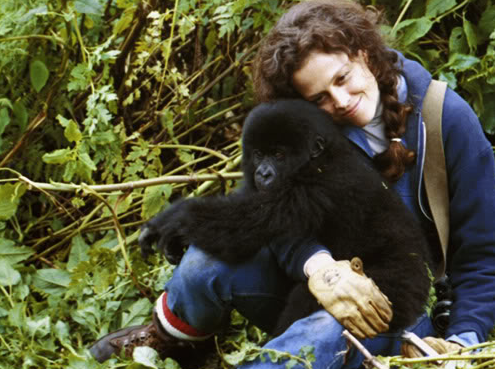 |
| Fossey represented as maternal |
The most fascinating and complex depiction of Dian’s gender identity, however, is her portrayal as a maternal figure. Dian never has children of her own, and her interactions with children in the film are troubling. At one point, she catches a young boy found among gorilla poachers, and in an attempt to uncover information about the poachers, she has his hands tied and dresses as a witch to scare him into talking. Dian is not above torturing children to get what she wants; it would seem, therefore, that she is not particularly maternal. However, this is not entirely accurate or fair. Rather than being maternal in a traditional sense, Dian channels that energy toward the gorillas. At one point, she saves baby Pucker from capture, and she takes care of her in her home until Pucker is healthy and taken away to a zoo. In the moments when she is seen taking care of the gorillas, particularly the young ones, it is clear that there is a certain maternal sensibility to Dian that remains constant throughout all of her other personal transformations. Though it is common to see women presented as mothers and caretakers in cinema, Dian’s role as one is untraditional. It may echo common tropes, but it remains a unique facet of her life and work.
Gorillas in the Mist does not always paint Dian Fossey in a positive light. It does, however, present her in a realistic one. She’s often portrayed as stubborn, unfriendly and even abusive; these traits, however, reflect the reality in which she lived. Dian did not have time to be feminine or nice or accommodating. She was too busy focusing on her work and dedicating her life to ensure the protection and well being of the mountain gorillas. Gorillas in the Mist constantly references the usual clichés of films about women – namely, an overwhelming focus on beauty, romance and children – but rather than reaffirming them, the film counters them. Dian’s characterization proves that there is no single way in which to be a woman and that, often times, it is women who step outside of the boxes of conventional femininity who are able to create the most radical change in the world.
Carrie Nelson is a Bitch Flicks
monthly contributor. She is a Staff Writer for Gender Across Borders, an international feminist community and blog that she co-founded in 2009. She works as a grant writer for an LGBT nonprofit, and she is currently pursuing an MA in Media Studies at The New School.

